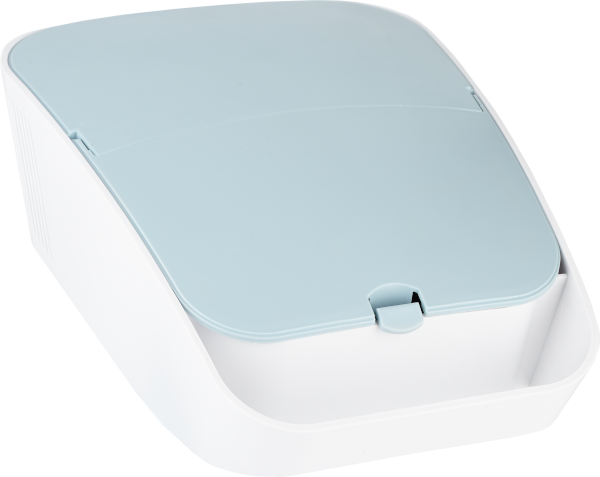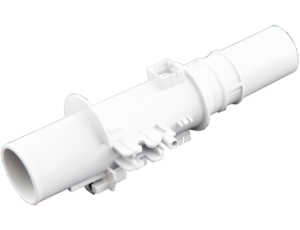
We at Stratnel
Technologies help the Electronics Manufacturing industry in different ways
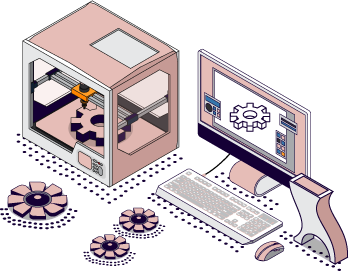
Prototyping
New designs created by electronic industry are typically small in size – typical max size will be around 150mm. The parts need to be well defined and will include fit functions.
For achieving these requirements,
Stratnel offers multiple AM methodologies.
FFF
Fused Filament Fabrication, also popularly known as FDM, is the lowest cost method for making prototypes. In FFF, we offer several material choices including PLA, PETG, Nylon, PEEK, PEKK, Ultem and other specialized high performance engineering plastics. Depending on the part property, we can recommend an appropriate material choice and 3D print the parts for the customer in a day or two. This is the mode of choice for high temperature and high performance requirements.
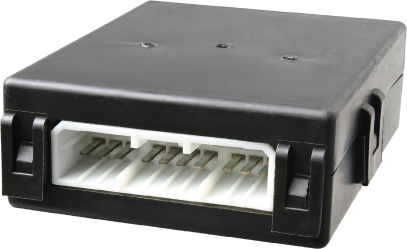
SLA
Stereolithography or SLA is a method by which liquid resin is exposed to UV in order to solidify thermoset resins to create parts of desired shaped. The advantage of SLA is that parts come out in high definition with smooth surface finish and superior definition of features. The tradeoff is that material choice will be limited to some specific resins. Where push fit needs are there, Stratnel can offer suitable material which will satisfy such needs.
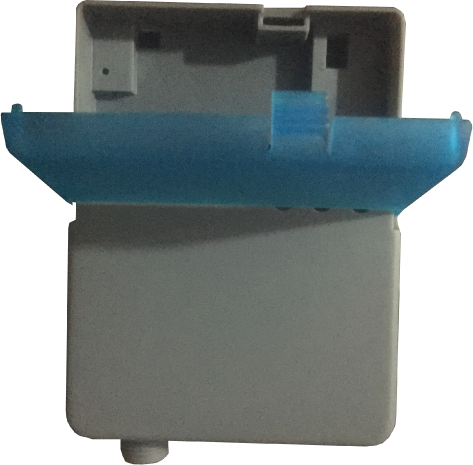
Pilot Production
Pilot production is run when user has the requirement for a few hundred parts for field trials and test marketing. Going the 3D printing route helps users to make a limited number of parts for extensive trials. It is also quite possible that the user may have some questions regarding the usability of the part in actual conditions. If necessary, some minor design modification may also be needed. In such cases, making multiple injection molds can turn out to be an expensive proposition. Stratnel elegantly solves this problem by supplying 3D printed parts again with choice of multiple methodologies.
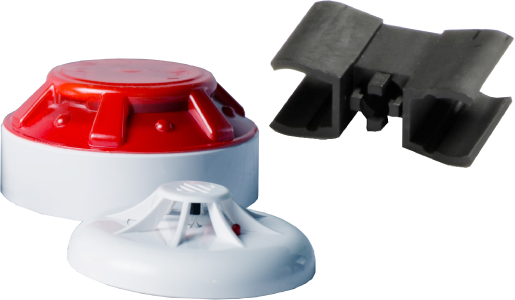
SLS
Selective Laser Sintering or SLS is a process by which (typically) nylon powder is used as raw material and parts are fused using a high power laser. For small parts with high definition and superior finish, this is a method of choice. Materials offered include PA11 and PA12. Polymer SLS parts can be appropriate for small volume end use needs.
Vacuum Casting
Vacuum casting is another method by which small batch production of field trial parts can be effective. Stratnel offers vaccum casting for customers who require parts such as enclosures, assembly parts and other such needs.
Bulk Manufacturing
Design for additive manufacturing (DFAM) is a method by which a part is specifically designed for additive manufacturing. Customer using this design flow would decide to make their parts using only additive manufacturing. The advantage of DFAM is that it is now possible to combine multiple parts into a single part, reduce material on the part without compromising on product integrity and realise savings on materials as well as assembly costs.
Stratnel has supplied hundreds of parts to customers using DFAM. Stratnel makes sure our processes are repeatable and can provide hundreds of the exactly same part with same dimensional tolerance, finish and integrity.

